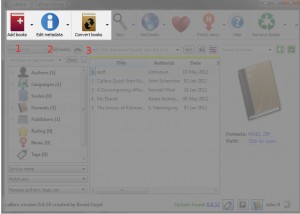I know that there is a wide divergence of opinions on what constitutes fair use.
I understand that many would like to stretch what is included in fair use or even do away with copyright altogether. I’m not unfriendly to those viewpoints, but I don’t think that in my sometimes role of providing information about copyright (and of course, open content) that that is the right viewpoint for me to espouse. We can all read the text of the law. Saying it should say something else is fine. Saying it does say something else seems unhelpful.
Perhaps because I am a rules-oriented type of girl, I tend to have a fairly literal interpretation. I stand by my assertion that most folks interpretation of fair use is much broader than what the law itself says. Some (well, at least one) have accused me of misinformation. While I don’t agree with that characterization, I am keenly interested in being accurate.
So, as I write a new piece on open content, I’d like some feedback to make sure I am being fair and accurate on this issue. I look forward to a spirited discussion. :)
[excerpt – DRAFT for comment]
There’s an endless supply of free content on the Internet. How is open different from everything else that is free? In the United States, any content that is not public domain (by virtue of its age or designation as such by the creator) is copyrighted, whether or not it is indicated as such. Generally, in order to reuse or redistribute copyrighted content, you must obtain the creator’s permission.*
…
* The exception to this is the murky area of fair use. While the purpose and character of use (e.g. nonprofit, educational) is one consideration, the law also considers the nature of the work (e.g. parody), the amount and substantiality of the use, and the effect of the use on the potential market use. Various organizations have translated this ambiguous language into defined ranges of acceptable use, but the law itself is gray. As derivative works are often being shared on the Internet (and leaving the classroom walls), fair use becomes less clear.
The point of this discussion is not to promote any particular interpretation of fair use, but to discuss alternatives to it, namely, open content.
 Last night this all came together in a dream. It was of a make/hack/play space at ISTE.
Last night this all came together in a dream. It was of a make/hack/play space at ISTE.
